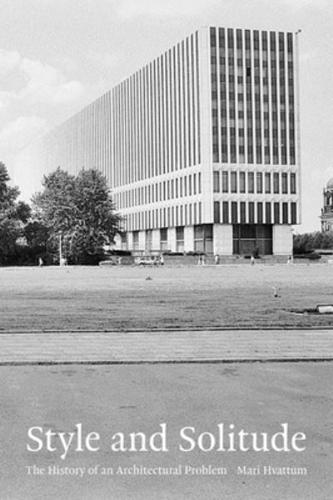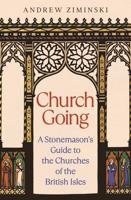Publisher's Synopsis
How modern notions of architectural style were born-and the debates they sparked in nineteenth-century Germany. The term style has fallen spectacularly out of fashion in contemporary architectural circles. Once a conceptual key to understanding architecture's inner workings, today style seems to be associated with superficiality, formalism, and obsolete periodization. But how did style in architecture actually work? How was it used and what did it mean? In Style and Solitude, Mari Hvattum seeks to understand the apparent death of style, returning to its birthplace in the late eighteenth century when it was adopted into architectural parlance-and charting how it grew to influence architectural discourse and practice. As Hvattum explains, German thinkers of the eighteenth and nineteenth century offered competing theories of what architectural style was and how it should be used in designing new buildings. Discussions of architectural style were so intertwined with notions of zeitgeist that King Maximilian II of Bavaria launched a competition to create a new architectural style that truly suited his era. Starting with Johann Joachim Winckelmann's invention of the period style and ending a century later with Gottfried Semper's alternative generative theory of style, Hvattum explores the critical debates that are still ongoing today.








